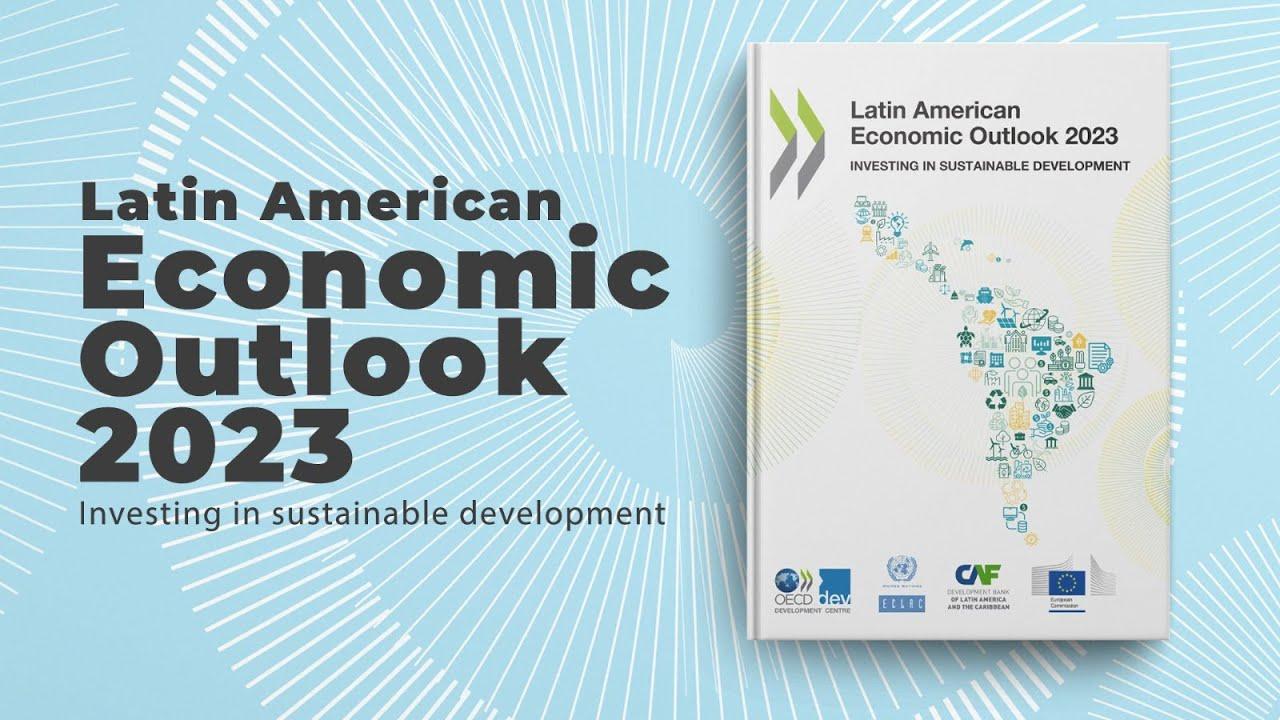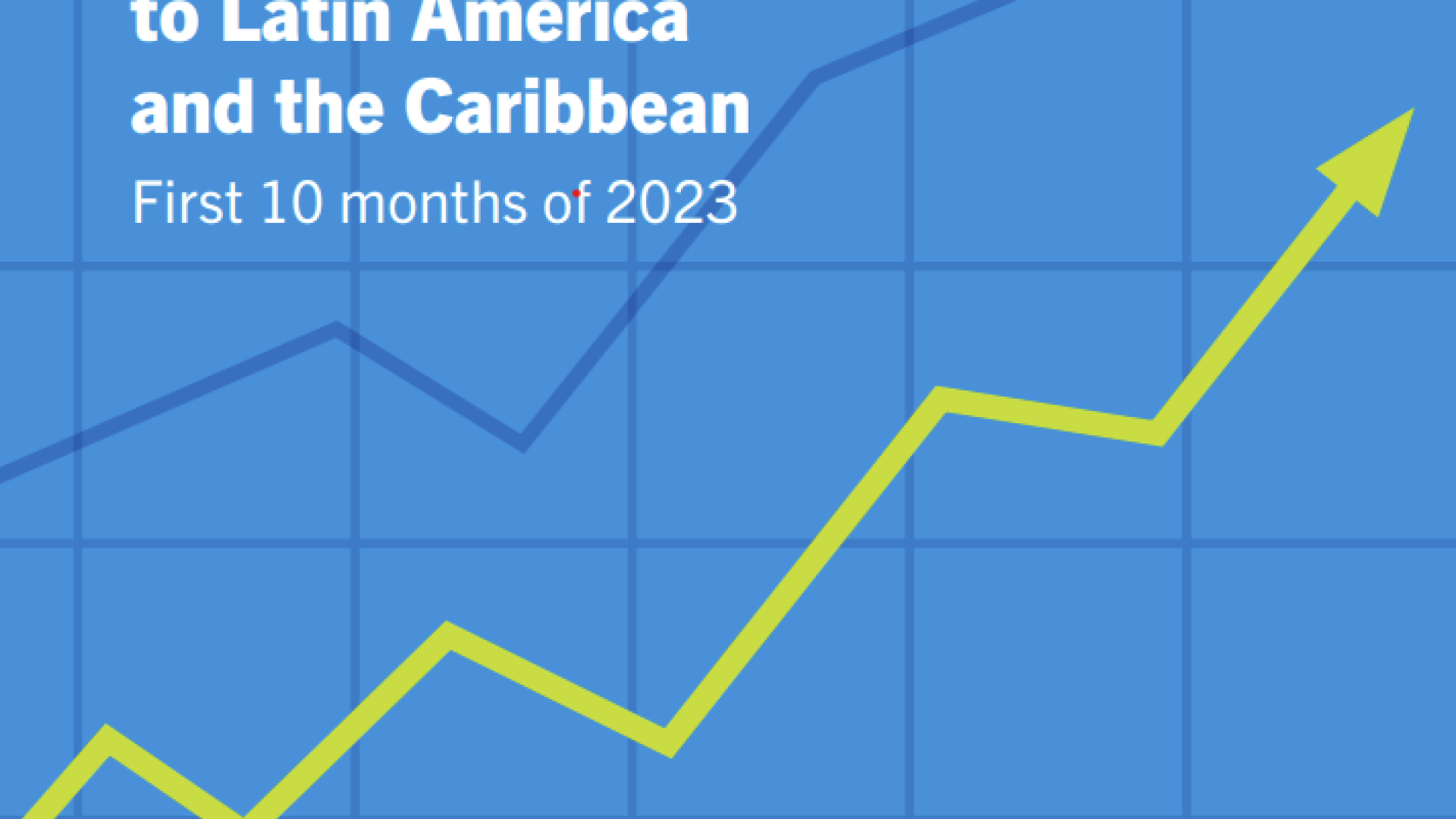Press Release
This document examines the evolution of Latin America and the Caribbean (LAC)’s international issuance of sustainable bonds —green, social, sustainability and sustainability-linked bonds (GSSS)— since the region’s first international green bond was issued in December 2014. Reaching a cumulative total international GSSS bond issuance of US$ 100 billion in the 2014-2022 period, four main trends are identified. First, the share of GSSS bonds in the region’s total international bond issuance has increased significantly, jumping from less than 1% in 2018 to 32% in 2022. Second, while initially most issuances were of green bonds, the region has moved toward a diversification of the sustainable instruments used, with sustainability and sustainability-linked bonds becoming the region’s most used GSSS instruments since 2021. Third, since Chile issued the first sovereign international green bond in June 2019, sovereign GSSS bond issuances have become the driver of the region’s overall international sustainable issuances, accounting for the largest share of the GSSS total. Finally, applying a propensity score matching (PSM) methodology to compare the behavior of GSSS and conventional bonds issued by LAC public and private agents in the primary market in this eight-year period, a statistically significant “greenium” —the amount by which the yield on a GSSS bond is lower than an otherwise identical conventional bond—was found, evidence of investors’ willingness to accept a lower financial yield in pursuit of a social responsibility agenda.



